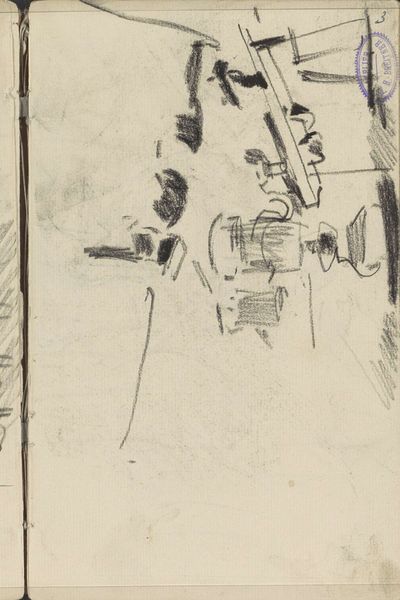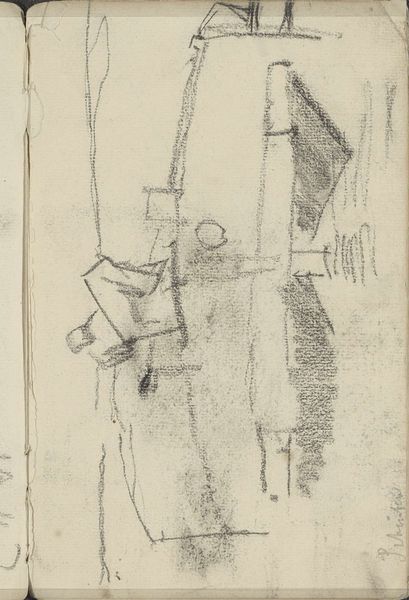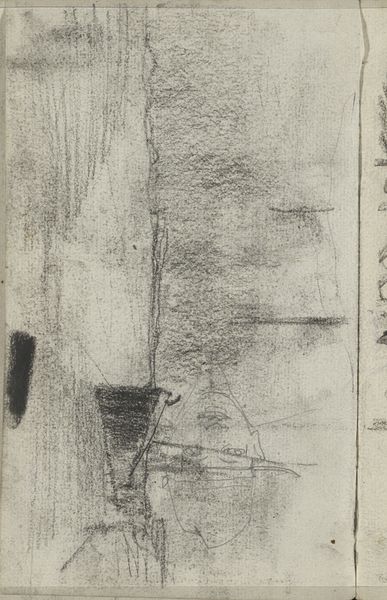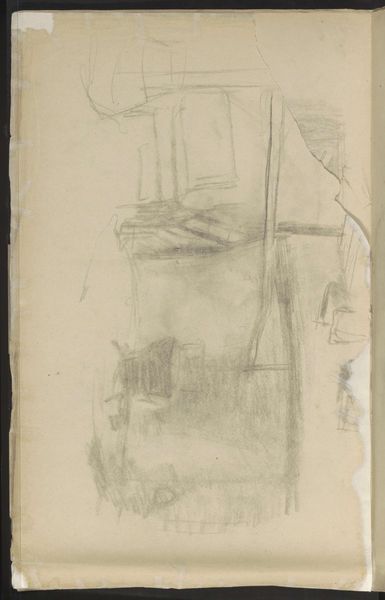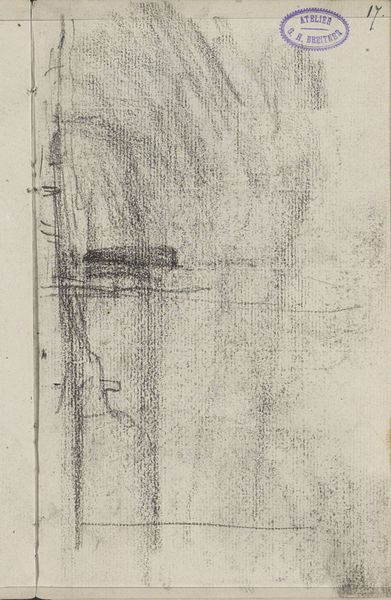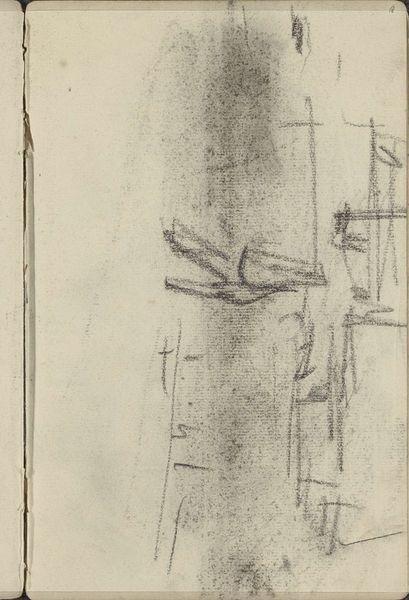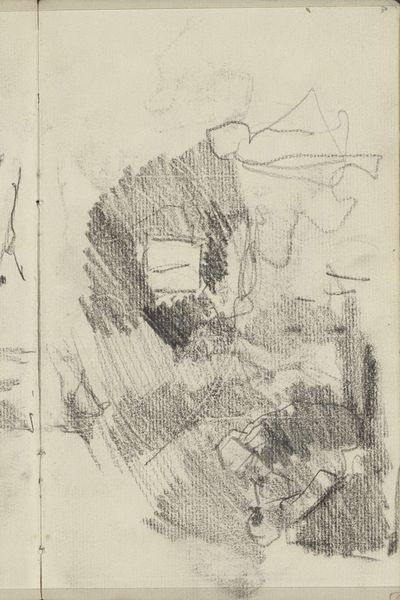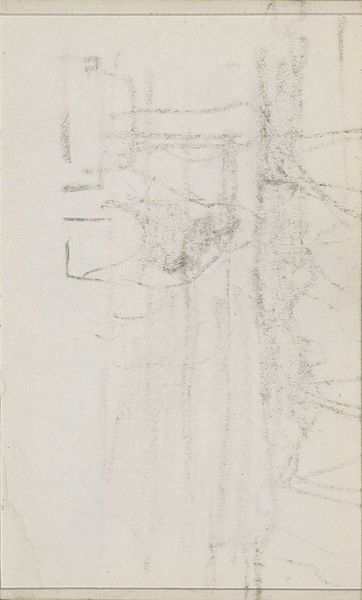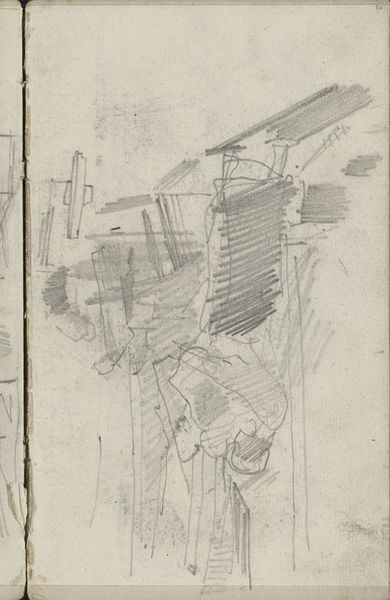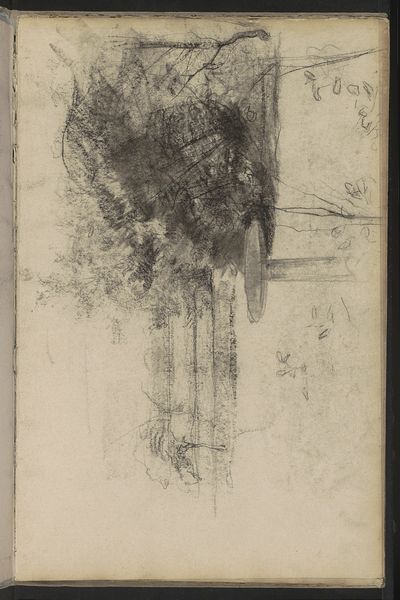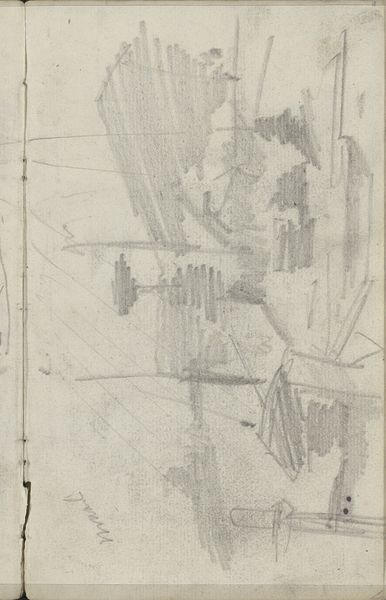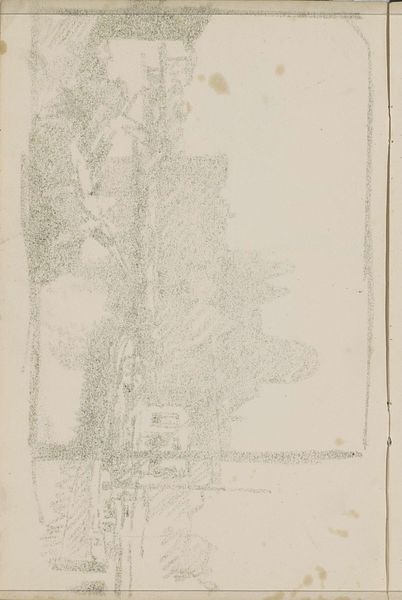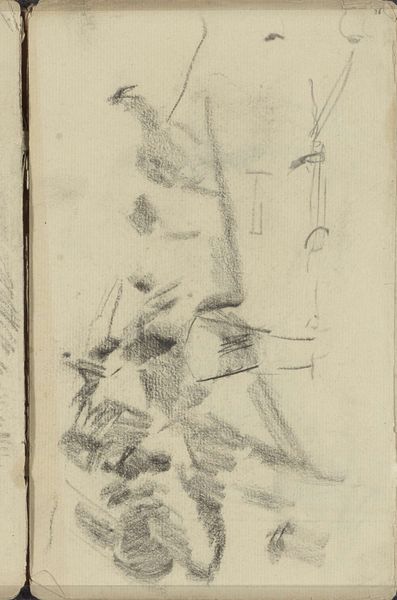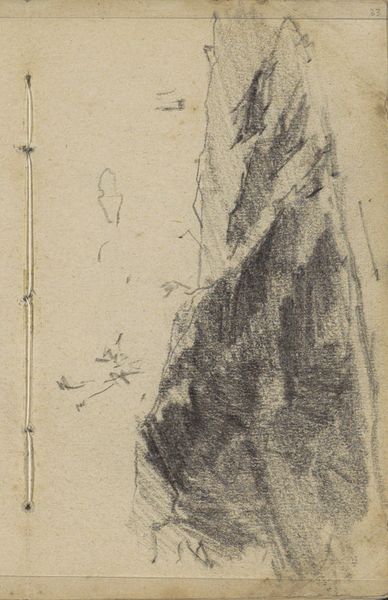
drawing, pencil
#
drawing
#
impressionism
#
pencil sketch
#
sketch book
#
landscape
#
pencil
#
horse
Copyright: Rijks Museum: Open Domain
Curator: This is George Hendrik Breitner’s “Landschap met paard-en-wagen,” or “Landscape with Horse and Cart,” made between 1881 and 1883. It's a pencil drawing housed here at the Rijksmuseum. Editor: Hmm, it’s got that “quickly jotted down while standing in the rain” kind of feel, you know? Very immediate. Like a fleeting thought made visible. Curator: Exactly. Breitner was known for capturing everyday life in Amsterdam. But this isn't a finished painting, of course, it's a study. It's crucial to see it within the broader context of 19th-century urbanization and the way artists were responding to industrialization and shifts in class structures. Think about how the horse and cart, a symbol of labor and transport, intersect with those massive societal changes. Editor: Oh, totally! I can almost hear the clatter of the hooves on the cobblestones, the vendor shouting… It's got that grit, that almost romantic sadness. But looking at the composition itself, it seems very simple: a high horizon line, basic shapes, really economic mark making… Curator: But those sparse strokes tell us so much. Consider, though, the context within art history: this impressionistic style directly challenges academic painting. Artists are finally turning their attention to the fleeting, the commonplace. And this is politically charged when you examine whose stories were being privileged. Editor: It's almost as if he is saying: "Here it is; life in a simple moment." It's not trying to be epic, or deeply important, but by documenting, perhaps *everything* gains import over time… It also strikes me as quite modern in its apparent disinterest. I mean that as a positive! Curator: Right. And if we layer in a consideration of gender—who had the privilege of wandering the city sketching—that changes the reading as well. Breitner's art serves as this sort of window, framed by both his vision, but also very much influenced by social positioning. Editor: I love that you bring in that frame. Thinking about that helps me feel it, feel it better… like this rough sketch invites more empathy precisely because it *isn't* striving for idealized perfection. It suggests to the audience the subject's value, but at its realest, not at its surface, at all. Curator: Indeed. This is one small piece but reflects broader questions about seeing, about documenting, and ultimately about historical narrative.
Comments
No comments
Be the first to comment and join the conversation on the ultimate creative platform.
